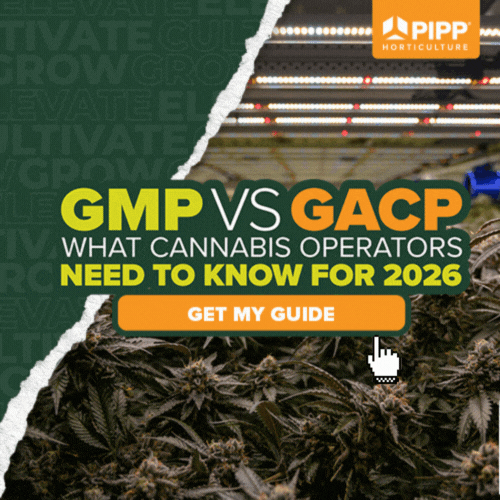As a recently legal industry in the U.S., hemp and its many facets are constantly evolving. We see it in the news regularly, from shifting regulations and an outpouring of research to volatile pricing and newly developed end markets.
What is perhaps less apparent is that the hemp crop and its uses have always been evolving—at least since the 1700s, when researchers were first attempting to characterize just what exactly this plant was.
That’s according to Robert C. Clarke and Git Skoglund, historians who have dedicated their careers to studying hemp and cannabis on a global scale. In their guest column this month, Clarke and Skoglund make an argument for why the term “hemp” may need to be expanded upon to more accurately portray all it encompasses. From humble beginnings as a crop cultivated by many for its seed and fiber, Cannabis—and what we today consider hemp—have surely taken on lives of their own.
One would think that after all that time (save for almost a century of prohibition in the U.S., which did not take place in some other parts of the world), the discovery of hemp’s many possibilities would be slowing down. In reality, it seems to just be getting started.
The cover story in this issue features researchers, attorneys and industry analysts on the frontlines of what is perhaps hemp’s most rapidly evolving component: minor cannabinoids. While a new cannabinoid seems to appear on the scene every few months, these developments are just beginning. Dr. Ethan Russo, M.D.—a board-certified neurologist, cannabis researcher, and CEO and founder of CReDO Science—estimates cannabis can produce around 150 different cannabinoids. Many of these have yet to be investigated.
“But what is really intriguing is, of the cannabinoids that have been researched so far, all of them have obvious medical applications and are quite distinct from one another in how they act. So, there is a tremendous amount yet to be learned here,” Russo tells writer Jolene Hansen.
Despite the unknowns of these minor cannabinoids, some have still made it to the marketplace, and the lack of regulations is causing concern for industry experts and lawmakers alike. (Read more about minor cannabinoids in the news, the science behind them and what the future holds for them.)
It’s an exciting time to be part of the hemp industry. These constant changes and uncertainties may be difficult to navigate, but they also present a plethora of opportunities you can use to your advantage. We’re pleased to bring you some of the leading names in the industry within this issue to help you do just that.
















